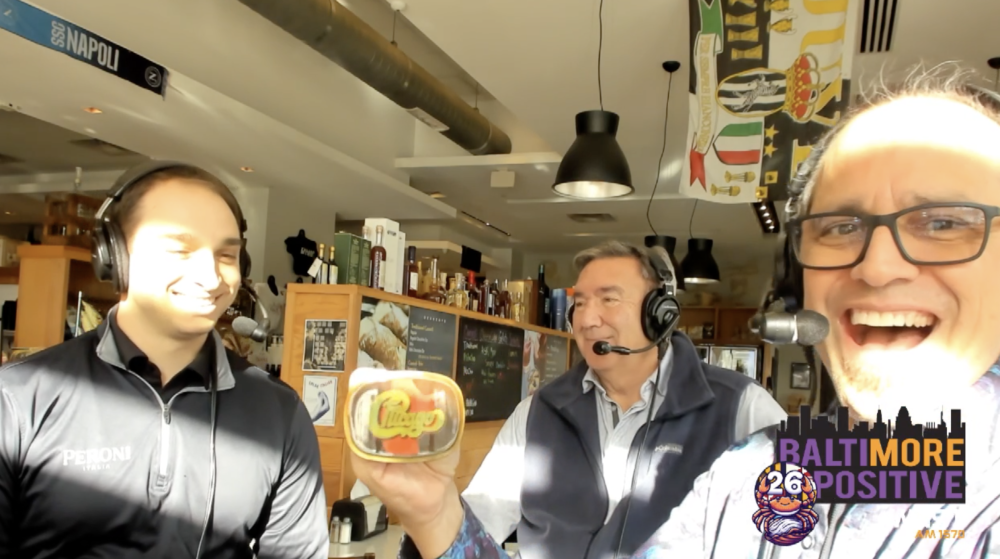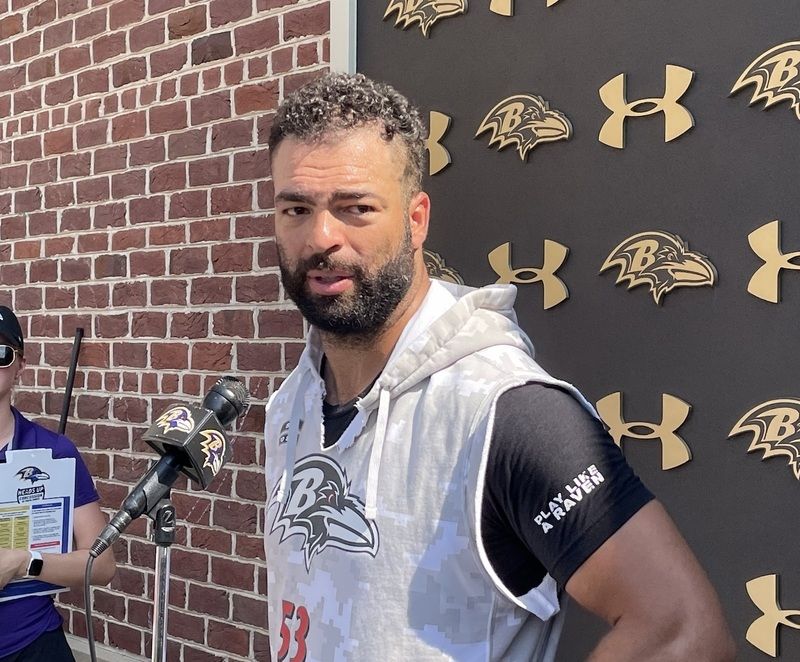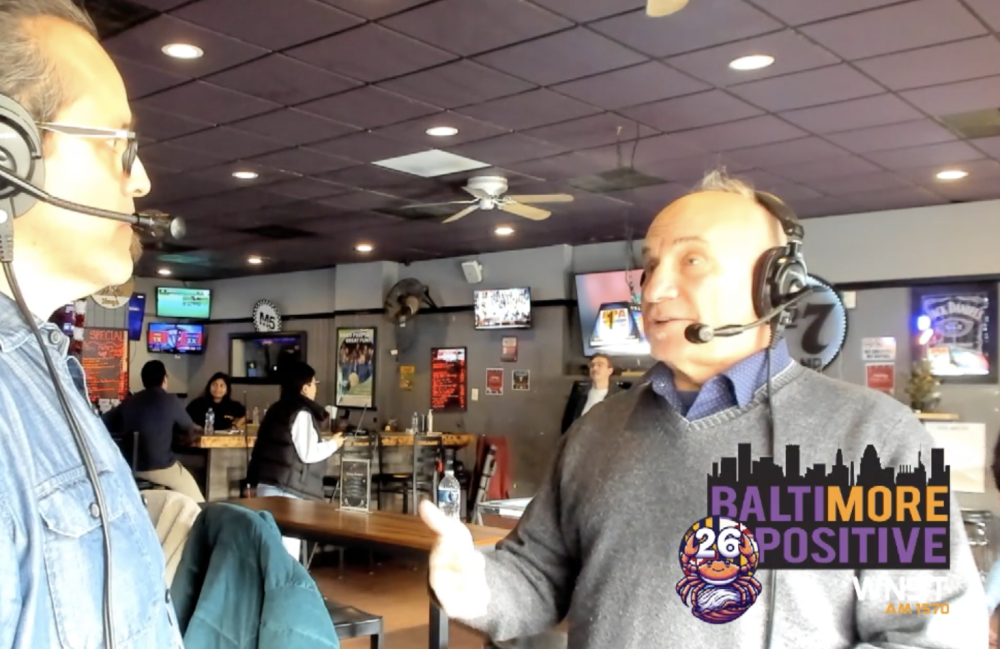Even as Orioles pitching took a step forward with the second-best team ERA in the American League in the month of May, staff ace Chris Tillman has been unable to shake his early-season woes.
The 27-year-old allowed six runs (five earned) in 4 2/3 innings in Sunday’s 9-5 loss to the Tampa Bay Rays, dropping his record to 2-7 with a 5.94 ERA after he went 13-6 with a 3.34 ERA a year ago. Many have wondered if Tillman’s back spasms last month have continued to linger — he’s no stranger to needing to manage his cranky back over the last few years — but the 6-foot-5 hurler insisted again Sunday that he’s fine from a health standpoint.
If Tillman isn’t dealing with a physical issue, then what’s been different for the right-hander in 2015?
It’s important to note that early-season struggles plagued Tillman a year ago before he posted a 2.38 ERA over his final 21 regular-season starts of 2014. In his first 13 starts of the season, he pitched to a 5.20 ERA and had two different starts that lasted just one inning apiece before an impressive stretch of 20 consecutive starts in which he allowed three or fewer earned runs.
There’s plenty of time for a pitcher who’s posted 200-plus innings in consecutive seasons to turn it around, meaning the Orioles must remain patient for the time being.
Another factor that’s clearly been a concern in the first two months is Tillman’s rate of 4.8 walks per nine innings, his worst since averaging 5.2 free passes per nine in 2011. Both innings in which Tampa Bay scored multiple runs against Tillman on Sunday involved a critical two-out walk, one to .077 hitter Nick Franklin in the second inning and another to slugger Evan Longoria after the starter had struck out the first two hitters of the fifth.
Tillman walked only 2.9 batters per nine innings last year and 3.0 in 2013 when he was named to his first All-Star team.
Perhaps the most interesting change from 2014 to now is the absence of veteran catcher Nick Hundley, who departed via free agency in the offseason. Hundley caught 18 of Tillman’s career-high 34 starts last season with the pitcher posting a 2.78 ERA in those outings. In contrast, Tillman had an inflated 5.29 mark in the seven starts in which Caleb Joseph caught.
It’s neither an excuse for Tillman nor an indictment of Joseph — who’s more than proven his defensive capabilities behind the plate in the last two seasons — but could there simply be some chemistry issues between the two? That’s not to suggest a personal rift by any means, but many of us have experienced times in life when we haven’t necessarily worked best with certain individuals for whatever reason.
In fairness to Joseph, Tillman sports a 4.19 ERA with him behind the plate this season while the starter gave up 15 earned runs in three starts when now ex-Oriole Ryan Lavarnway was catching.
Asked late last season about the frequent pairing of Tillman and Hundley, manager Buck Showalter made it clear he was uneasy about pitchers having personal catchers because it can act as a crutch. Even if Tillman isn’t as comfortable with Joseph behind the plate as he was with Hundley, he’s not one to make excuses and needs to be able to adjust to someone who’s had plenty of success with the rest of the pitching staff.
The idea of certain pitchers having personal catchers is nothing new as Dennis Martinez famously preferred Dave Skaggs over Rick Dempsey years ago. In 1997, backup Lenny Webster caught 30 of Scott Erickson’s 34 starts when the sinkerballer enjoyed his best season in Baltimore.
Of course, Hundley isn’t walking through that Orioles clubhouse after signing a two-year, $6.5 million contract with Colorado in early January. But perhaps the return of Matt Wieters will help Tillman regroup as he pitched to a 3.41 ERA in 28 starts with the veteran catcher behind the plate for him in 2013.
As it stands now, Wieters is slated to catch his first game with the Orioles in Cleveland on Friday night.
That also happens to be the next date for Tillman’s regular turn in the rotation.
First-pitch Pearce
Arguably the most frustrating moment of Sunday’s loss came in the bottom of the fifth when Steve Pearce grounded out to shortstop with the bases loaded and the Orioles trailing 6-2 to the Rays.
What made it worse was that Pearce swung at the first pitch — a split-fingered fastball from Jake Odorizzi — after the previous two hitters had walked on a total of nine pitches. It continues a surprising trend for Pearce, who is hitting just .189 but has been known for being a patient hitter throughout his career.
The 32-year-old is swinging at the first pitch in 33.1 percent of his 2015 plate appearances despite a career 22.5 percent mark and only swinging at the first pitch 24.5 percent of the time in his career 2014 campaign. This has contributed to his walk rate falling from 10.4 percent last year to just 7.3 percent this season, which is below the major league average.
He does have two key home runs when swinging at the first pitch in recent weeks, but his .222 average when connecting on the first pitch — that’s not including the number of times in which he’s falling behind in the count when not putting the ball in play — makes you wonder if he needs to return to a more patient approach. This and a .195 batting average on balls put in play (his career mark in that department is .286) explain why Pearce hasn’t come close to matching his career-best .930 on-base plus slugging percentage from a year ago.
Showalter and the Orioles love Pearce’s work ethic and versatility and are trying to remain patient that his fortunes will turn around, but they need him to start producing soon as he was a key cog on which they were counting after a largely-inactive offseason.
As Jones goes, so do Orioles
It’s unfair to attribute the successes or struggles of any club to one player, but it’s difficult to completely ignore how the Baltimore offense has aligned with center fielder Adam Jones so far in 2015.
In April, Jones posted a remarkable .400 average and 1.147 OPS with five homers and 19 RBIs while the Orioles ranked first in the American League in team OPS and were tied for first in home runs.
However, the four-time All-Star selection hit just one home run while posting a .239 average and .556 OPS in the month of May. Jones wasn’t alone in his struggles, of course, as the Orioles ranked last in the AL in batting average, on-base percentage, and slugging percentage in May while scoring fewer runs than every club in the league except Boston.
Jones was bound to cool off from his absurd April production, but the Orioles obviously need his bat to turn around once he returns from a mild ankle sprain. It’s never as simple as one player being responsible for prosperity or shortcomings, but the club needs its best player and leader to get going for the summer months.
Road “w-O’s” must end
There was obvious disappointment that the Orioles didn’t take advantage of a stretch of 17 of 20 games played at home — going just 10-10 over that time — and now they will play 15 of their next 23 on the road.
Baltimore tied for the second-best away mark (46-35) in the AL last year, but an 8-14 road record this season is a major reason why the Orioles have hovered below .500 for much of the first two months. Of those eight road victories, four have come at Tropicana Field, which included two in a series moved from Camden Yards to St. Petersburg in which the Orioles acted as the home team and batted last.
Even if Showalter’s club simply wants to remain within striking distance of first place and the .500 mark, the road failures need to be reversed starting this week against Houston and Cleveland.


























